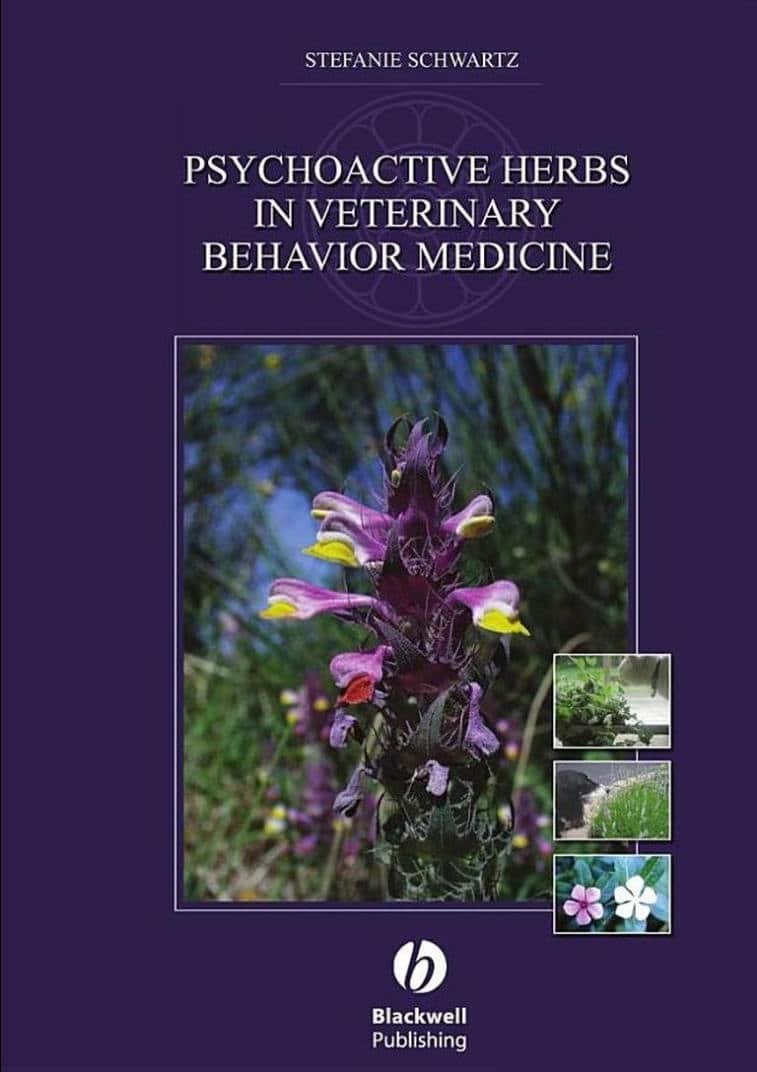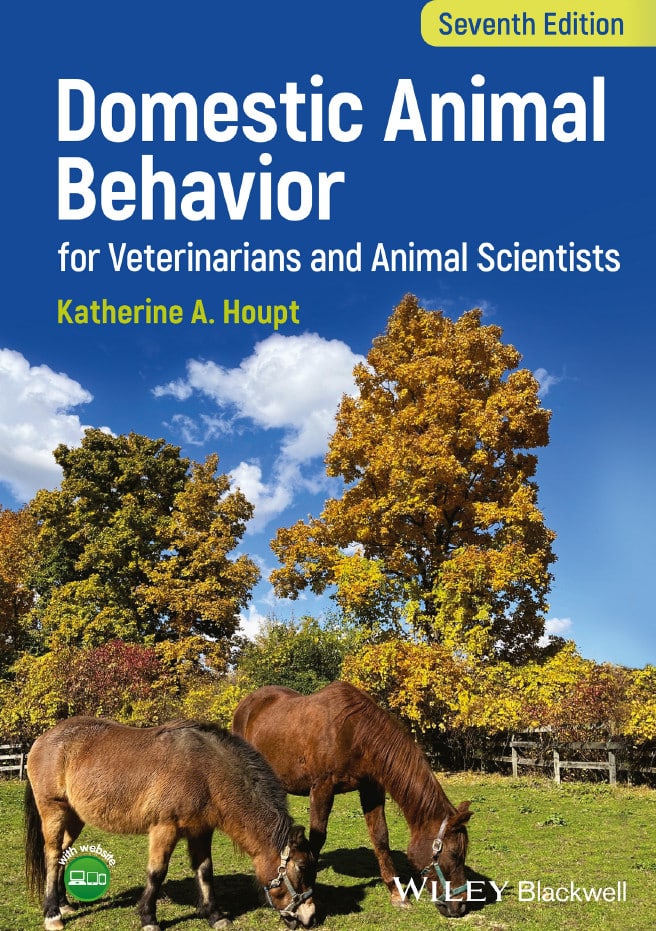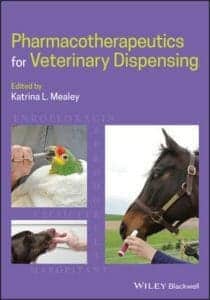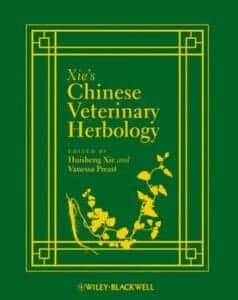
By Stefanie Schwartz
Psychoactive Herbs in Veterinary Behavior Medicine. The phenomenal growth of public interest in alternatives to Western treatments for human disease has spilled over into veterinary medicine. Many holistic veterinarians and pet owners are now interested in using alternative remedies to solve health problems with their pets. Psychoactive Herbs in Veterinary Behavior Medicine is the first text on psychoactive herbal remedies for the treatment of behavior problems in small animals.
Psychoactive Herbs in Veterinary Behavior Medicine is an important guide for board-certified veterinary behaviorists, as well as veterinarians and veterinary students with a particular interest in behavior medicine. In addition, pet owners interested in alternative medicine for their misbehaving pets can use this well-rounded work to make informed decisions on the use of over-the-counter remedies.
Psychotropic Herbs in Veterinary Behavior Medicine will be the first text on herbal remedies for the treatment of behavior problems in dogs and cats.
This Book is Available for Premium Members














![Ettinger’s Textbook of Veterinary Internal Medicine 9th Edition [PDF+Videos] Ettinger’s Textbook of Veterinary Internal Medicine 9th Edition [True PDF+Videos]](https://www.vet-ebooks.com/wp-content/uploads/2024/10/ettingers-textbook-of-veterinary-internal-medicine-9th-edition-100x70.jpg)








